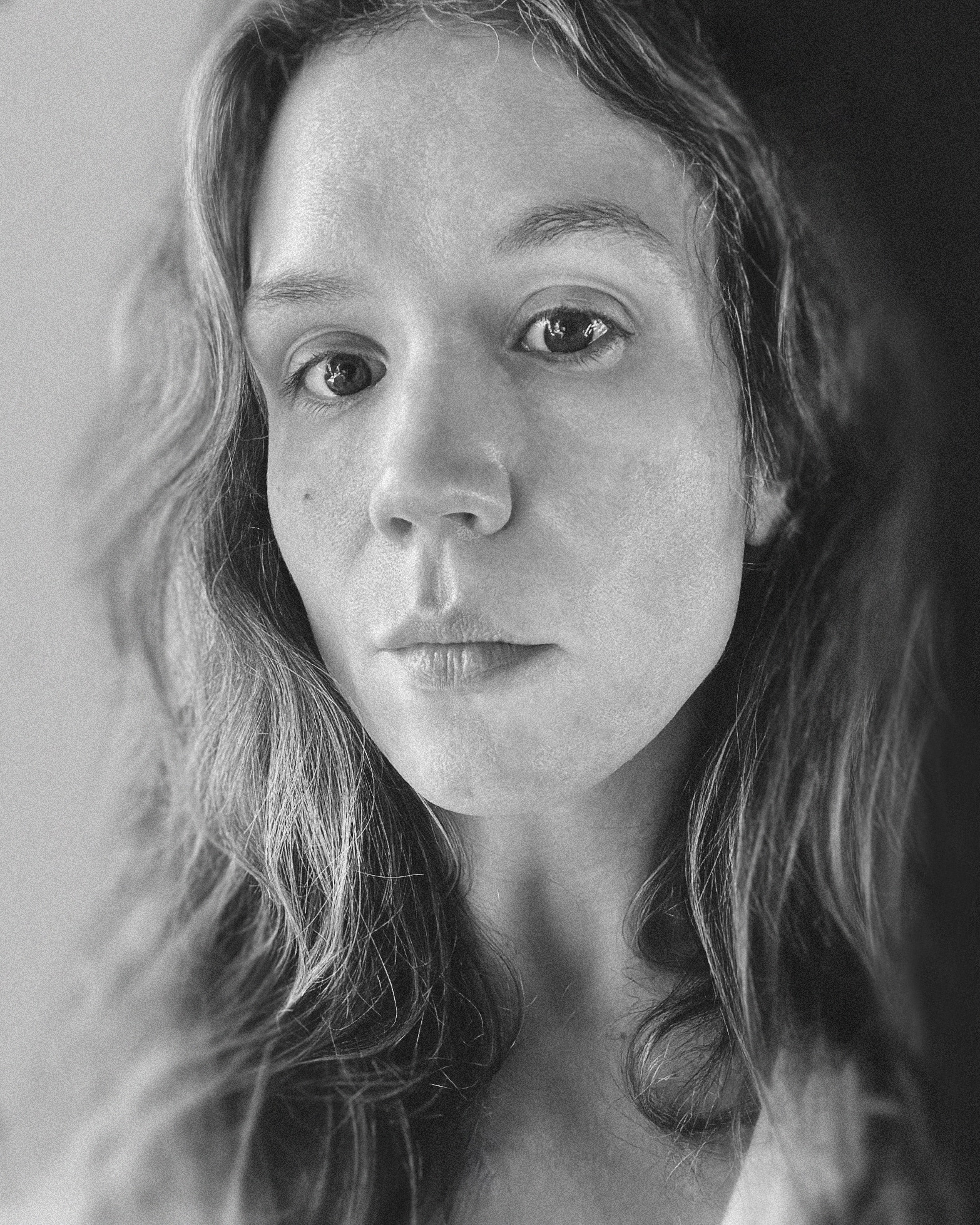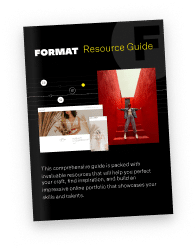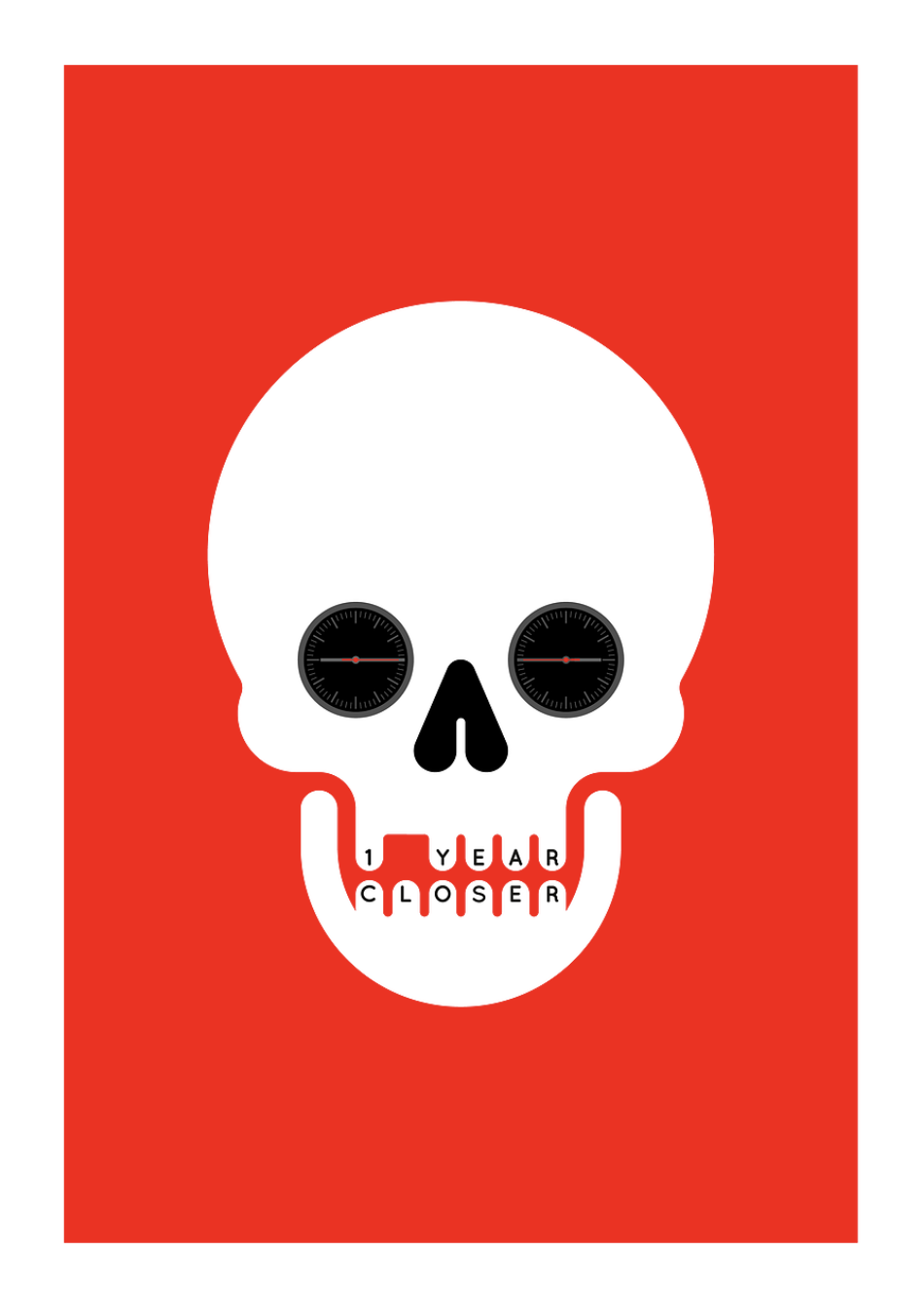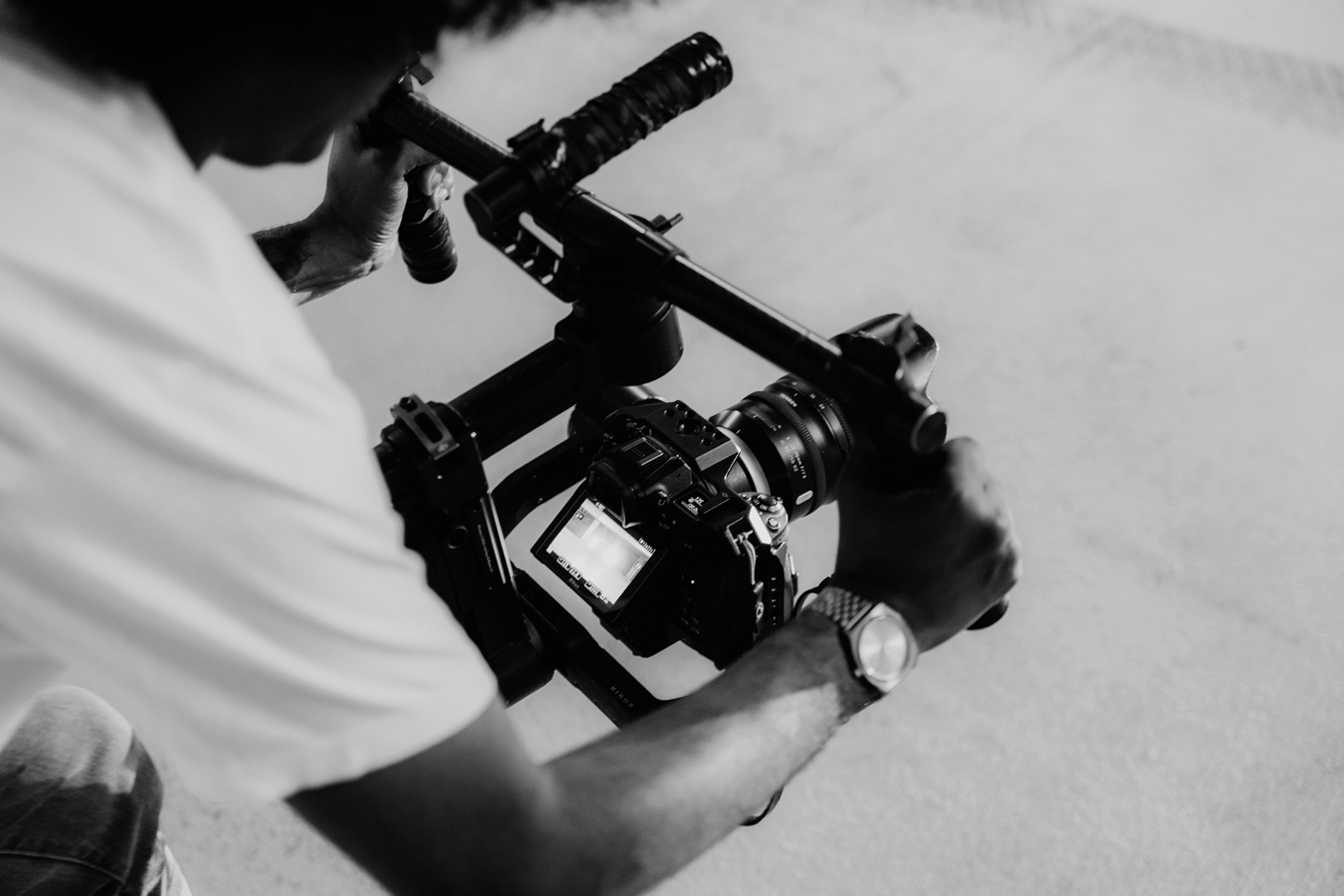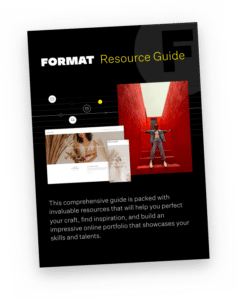Artificial intelligence is rapidly shifting the boundaries of creativity and technology, as professionals explore a new landscape of tools and workflows. To gain a deeper understanding of this sea change, we sat down with Jerome Nelson, a Software Architect at Zenfolio Inc.. Working at a company that has spent two decades building robust tools designed to empower photographers, in his time with them Nelson has been integral to the responsible and ethical introduction of AI into the production of new tools for photographers, directly impacting how thousands of artists share their work.
As an early adopter of AI, Nelson has a front-row seat to the transformation of the software development lifecycle. In this interview, he shares how AI has evolved from a simple coding assistant to an indispensable thought partner.
Accelerating development from weeks to days, Nelson expands on the power of AI in project development and candidly discusses how he overcame the initial challenge of letting AI handle the parts of coding he once loved. More than just a tool, Nelson sees AI as an ally that frees him and his team to focus on the bigger picture
Providing invaluable advice for creative professionals looking to integrate AI into their workflows, Jerome offers a compelling glimpse into a future where AI handles the mundane and monotonously repetitive, leaving more time for what truly matters:
being human.

Jerome Nelson on Combining Photography and Software Architecture at Zenfolio
I am a software architect at Zenfolio, where I spent over a decade building tools that help photographers showcase their work online. It is a unique position where I get to combine my passion for photography with my love for problem solving complex technical challenges. Everyday I am working on systems that directly impact how thousands of photographers share their art with the world.
What was your formal or informal training, and career trajectory?
My background is in computer science. I started my career as a consultant tackling projects across different industries. My love for photography led me to build websites for my own work and inspired my focus in building software for photographers. When I joined Zenfolio, it felt like the perfect fit–combining my technical skills with my passion for photography.
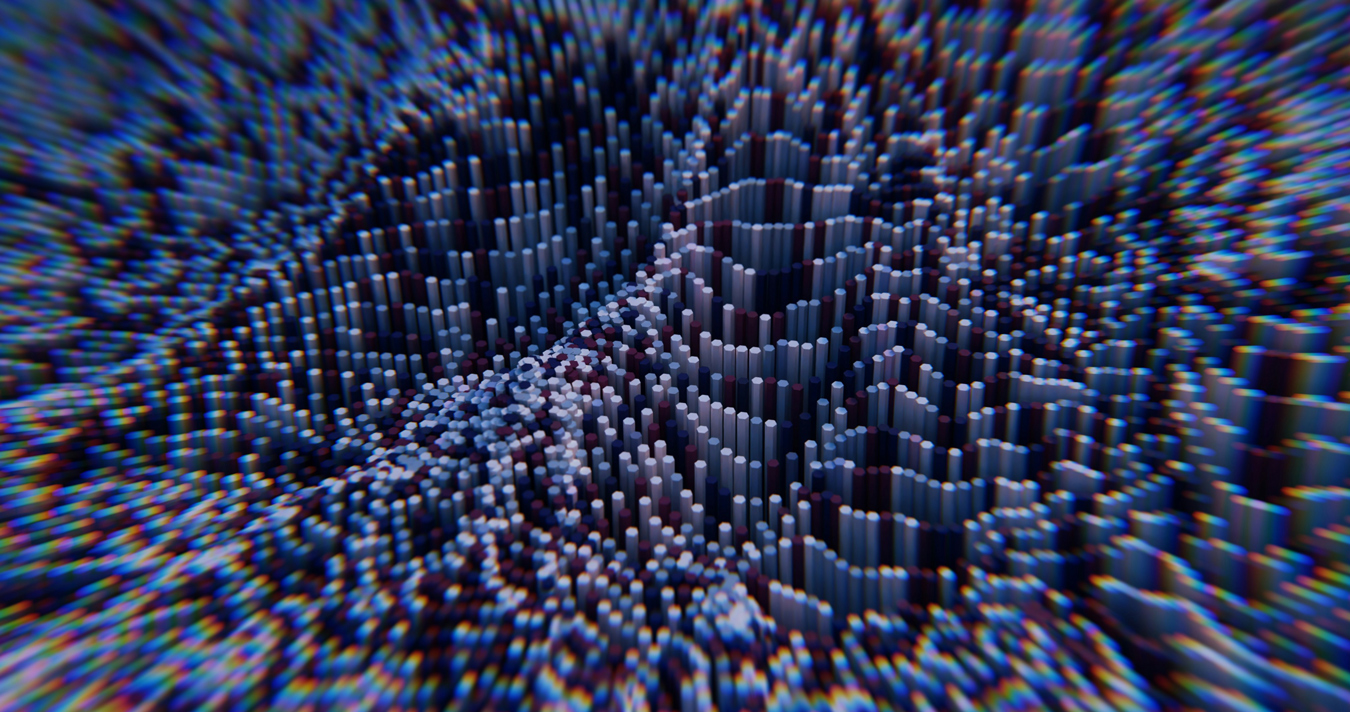
Accelerating Development: The Power of AI in Software Engineering
What excites me the most is how AI is empowering the software development process. The speed at which we can now move from an idea to a working prototype is staggering. AI is handling the repetitive coding tasks that used to eat up my time, freeing me to focus on the bigger picture–how to design systems that truly service photographer’s needs.
We are no longer limited by technical barriers, allowing us to ship production ready code in tech stacks we are not familiar with. We can prototype, test and iterate in days–what used to take weeks. It is not about replacing human creativity, it is about boosting that creativity.
Key AI Tools and Platforms for Software Development
For coding specifically, I am using Cursor and Claude. Beyond just code generating I’m using various chatbots as thought partners throughout the development process. They are invaluable for brainstorming solutions, reviewing architectural decisions, and even helping us think through complex workflows. Each tool has its strengths, and we are learning to match the right tools to the right task.
AI’s Impact Across the Software Development Lifecycle
AI is a game-changer across the entire development lifecycle, it has integrated into every stage of our process–from initial research and requirement gathering through to deployment and monitoring. But if I had to pick where it is more impactful, it is in code generation and development acceleration.
What used to take weeks or months can now be accomplished in hours or days. Perhaps more importantly, specialized tasks that previously required Machine learning engineers or experts in specific tech stacks are now accessible to any developer in our team.
The other area where I’ve seen tremendous impact is in rapid prototyping. We can now take a concept from a product meeting and have a working prototype quickly, this speed of iteration means we can test ideas faster, fail quickly and refine what works.

Enhancing Collaboration and Ideation with AI
How has the adoption of AI tools changed the way your team collaborates or approaches your projects?
Our collaboration has become more fluid and documented. Most of our meetings are now recorded and AI-summarized, creating a searchable knowledge base of our discussions. When someone needs context for a project, they can quickly get up to speed without scheduling multiple catch up meetings. Because of this documented process, the workflow tasks the engineering team receives often include AI generated specifications, which helps set clear expectations for implementation.
For ideation, we use AI as a stepping stone enhancing our brainstorming but keeping human creativity in charge.
We might ask AI to help us explore alternate approaches to a problem or to challenge our assumptions. What’s interesting is that while the AI helps with all these tasks, the ideation process remains fundamentally human. We’re still the ones identifying what problem needs solving, and envisioning solutions. AI just helps explore those ideas more thoroughly, implementing them more efficiently.
The Importance of an Open Mindset for Adopting AI for Creative Work
You were one of the earliest adopters, using it to impact outcomes quickly. What were some of the initial hurdles or hesitations your team faced when integrating AI, and how did you overcome them?
The challenging psychological hurdle for me personally was letting AI handle the parts of coding which I genuinely enjoyed.
There is something deeply satisfying about writing elegant code and initially, it felt like I was giving that up. It took me a while to realize that AI wasn’t taking away what I loved–it was helping me do it better and faster, under my direction and with my vision intact.
I am still adapting as technology evolves rapidly. What started as copying and pasting from chatbots has evolved into an integrated coding assistant, and now we are moving toward AI agents that complete entire tasks autonomously. Each evolution pushes me to rethink my workflow and embrace new possibilities.

Innovative and Unexpected Applications of AI
What are some of the ways you’ve leveraged AI in your work?
One of the most powerful applications has been creating intelligent connections between AI models and our various data sources. For example, I can now have a conversation with our database–literally ask it about its health, performance bottlenecks, or maintenance needs.
The AI analyzes real-time metrics and visualizes in exactly the format I need for making decisions.
AI Features for Modern Workflows
Are there any particular AI features or functionalities that you now find indispensable?
The ability to get comprehensive, contextual answers instantly has become absolutely indispensable. In the past, solving complex problems would require hours of research scrolling though Stack Overflow, pricing together information from various GitHub issues, blog posts and documentation.
Now I can get a complete answer at whatever level of complexity I need and have it answer exactly how I frame the question. This isn’t just time saving, it is the quality of synthesis. AI can connect dots across different domains and suggest solutions I might not have considered. These capabilities have evolved from a nice-to-have productivity booster to a core part of how we design and build software.
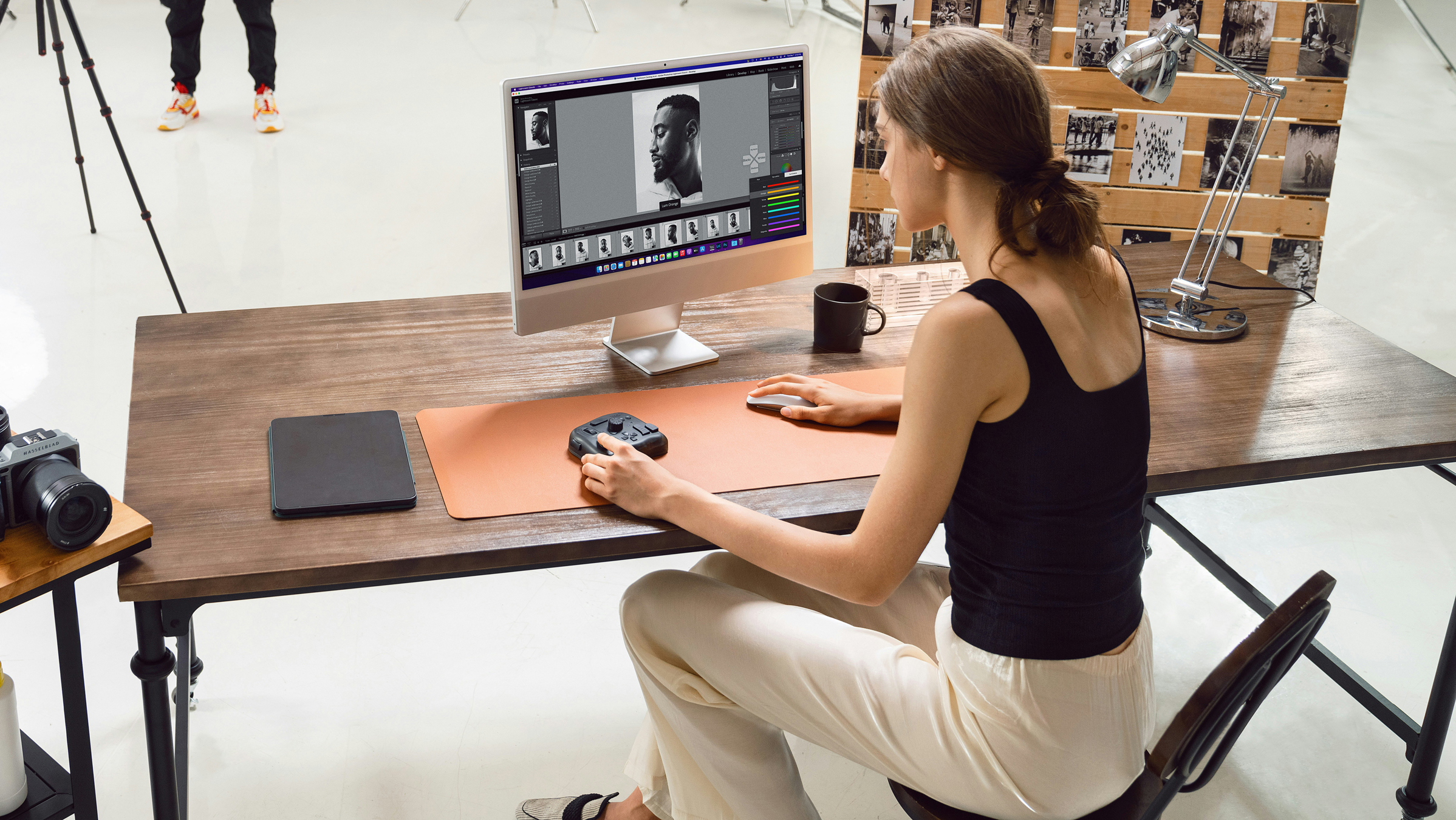
Advice for Creative Professionals Starting with AI
What advice would you give to a creative professional looking to incorporate AI tools into their existing workflow for the first time?
Start small with tasks that you don’t enjoy–the repetitive, mundane work that drains your creative energy. For me personally, I love the creative aspects of photo-editing. Each image has its own character, and I enjoy crafting the final look. But culling through hundreds of shots to find the best ones–is tedious and error-prone.
I’ve missed better shots simply because I was fatigued from the process. This where AI tools like PhotoRefine can transform your workflow–handling the grunt work so you can focus on the creative decisions.
Expect a learning curve, there might be an initial dip in productivity as you figure out how to communicate effectively with AI tools. But once you understand and get used to the workflow, the time savings are dramatic. The key is to let AI handle the parts that drain your energy, freeing you to spend more time on what truly excites you the most.
How do you balance the use of AI with traditional skills and human intuition?
Traditional skills remain the foundation of everything we do. When I am designing a new feature or solving complex problems, I am still very much the architect–setting the vision, making key decisions. I like to think of it as pair programming, where one person “drives” (handles the coding) while the other “navigates” (provides direction and review). AI is the driver executing my vision while I navigate–ensuring we stay on course, making design decisions and reviewing the output.
Staying Up-to-Date in the Evolving AI Landscape
I’ve found the most effective approach is following AI companies, their product and key researchers on social media.
There are also plenty of AI communities that are remarkably open about sharing breakthroughs and practical applications.
I’ve also set up an AI assistant to curate and summarize the latest AI news and send me a daily digest.
The Long-Term Benefits of AI for Creative Professionals
In your opinion, what is the biggest potential benefit of AI for creative professionals in the long run?
I believe AI will ultimately give creative professionals more time to be creative. The trajectory we are on suggests that many technical barriers to creative expression will eventually disappear.
Imagine a world where the entire post processing workflow–culling, editing, metadata tagging–happens automatically, tailored to your unique style. This only amplifies the role of the artist as the creative force composing shots, directing sessions, developing your unique vision.
AI will also handle the business side that many creatives struggle with–marketing campaigns, SEO optimization, client communications.
The Future of Software Architecture and Engineering with AI
At the current state, AI models still require exact instructions on how software should be built and maintained.They excel in code generation and have already proven themselves as capable junior developers.
However, I see a fundamental shift coming in–the challenge is evolving from writing efficient code to writing efficient prompts and orchestrating multiple coding agents. We are moving toward a future where every engineer effectively becomes a manager of AI agents–crafting precise instructions, reviewing their work, coordinating their efforts and ensuring consistency across the entire system.
This shift requires new skills: understanding how to break down complex tasks into agent friendly chunks, knowing which agent to deploy for which task and developing an intuition for when AI development will accelerate the work as opposed to complicating them.
We’ll need to master the art of prompt engineering, develop frameworks for agent collaboration and create quality control systems that can handle the increased velocity of code production. We can fail faster, iterate more boldly, and ultimately deliver more value to our photography community.
____
Focus on the bigger picture, Format empowers you to showcase your work beautifully, with intuitive design tools and elegant templates. Start your free 14-day trial with Format today and discover how effortless it is to build a professional website, sell your art, and manage your business—all in one place. Your vision deserves a platform made for creative professionals.




